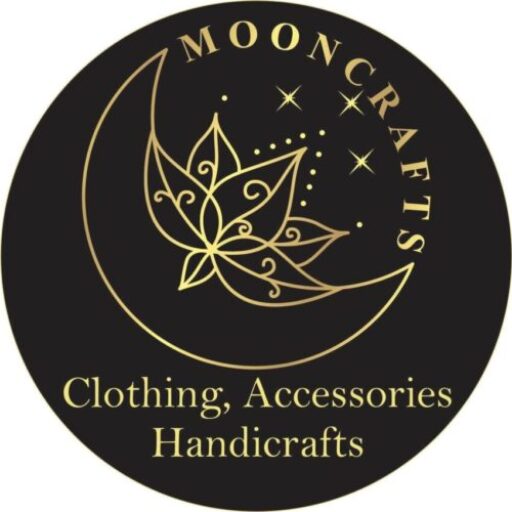Blog
A Guide to Different Types of Silk & Which is Best
Silk, with its luxurious sheen and smooth texture, has captivated us for centuries. From elegant gowns to cozy bedding, its versatility is undeniable. But the world of silk can be confusing. “Silk” encompasses a variety of fabrics, both natural and synthetic. This guide will unravel the mysteries, exploring different types of silk and helping you determine which is best for your needs.
Natural Silks: From Silkworm to Fabric
In previous post, i have introduced to you what does silk come from. And now we will learn about different types of silk, starting with natural silk.
Natural silks are derived from animal or plant sources, primarily silkworms.
Cultivated Silk
This is the most common type, produced by silkworms raised in controlled environments.
Dupion Silk (Dupioni Silk)
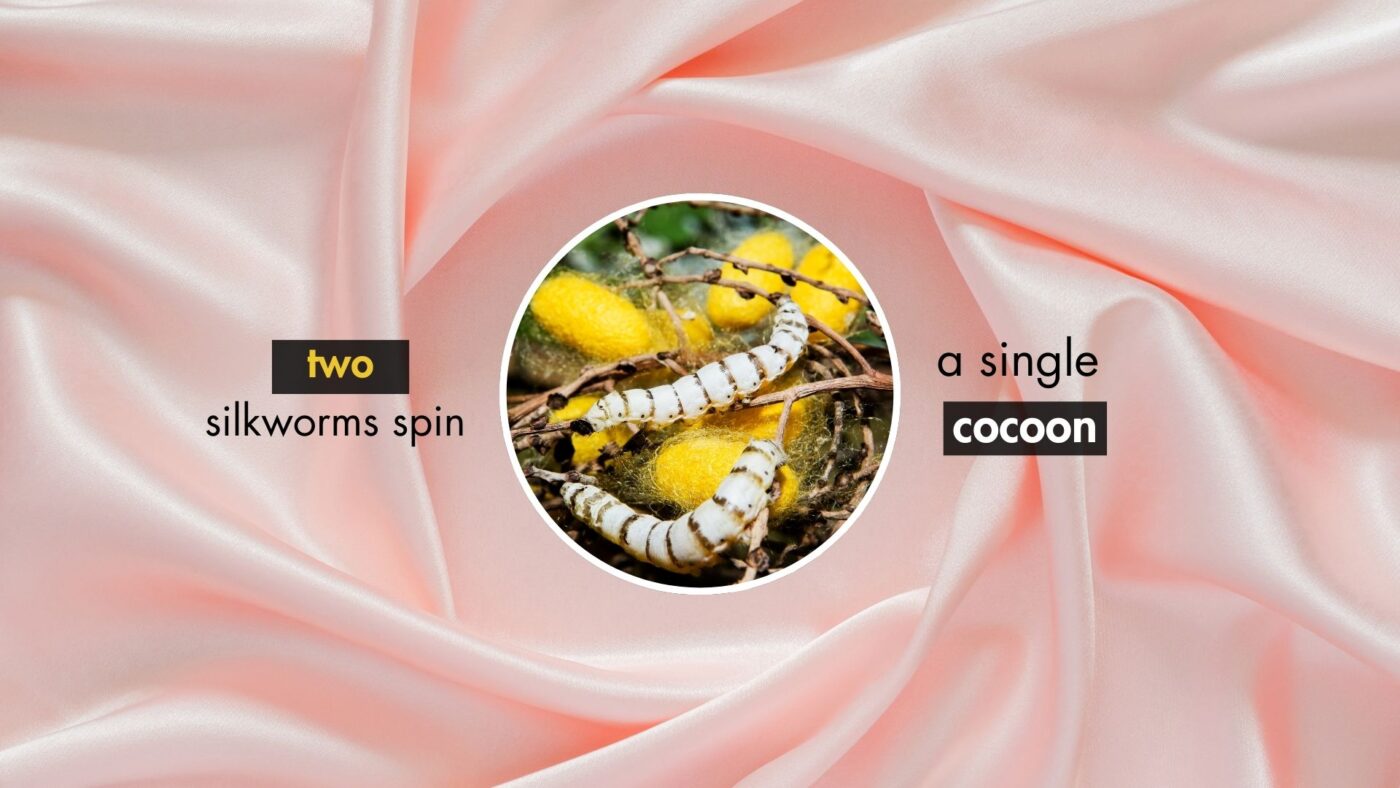
Known for its beautiful sheen and distinctive slubs, dupion silk is formed when two silkworms spin a single cocoon. This creates irregularities in the thread, giving the fabric a textured, almost shimmery appearance. It’s a popular choice for bridal wear, upholstery, and curtains. Note: “Dupioni” is the more common spelling, though “Dupion” is also used.
Raw Silk
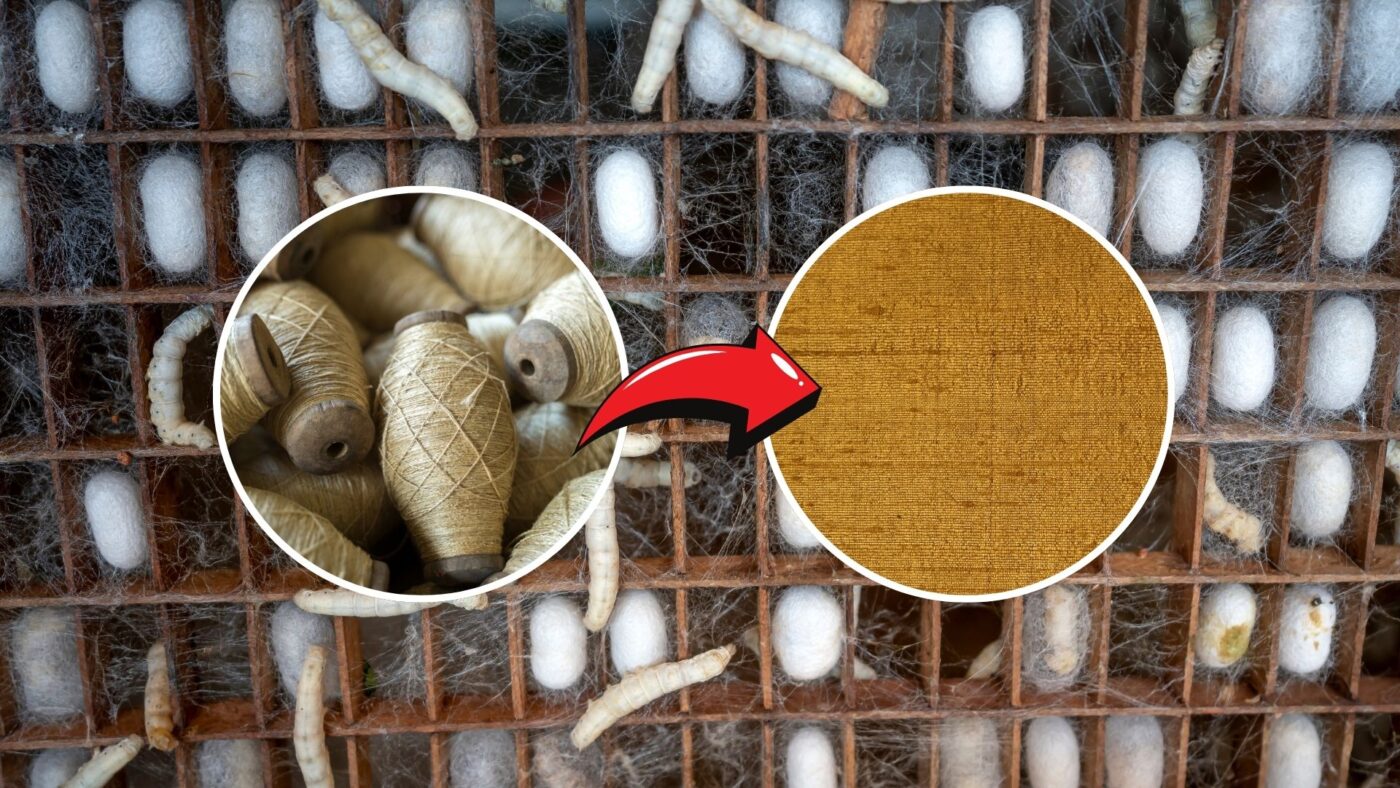
This refers to silk that hasn’t been processed or degummed. It retains its natural sericin, giving it a stiffer, coarser texture and a more matte finish compared to other silks. Raw silk is often used in textured garments and home décor.
Silk-Like Fabrics from Other Natural Sources
While not technically silk from silkworms, these fabrics share some silk-like qualities.
Milk Silk
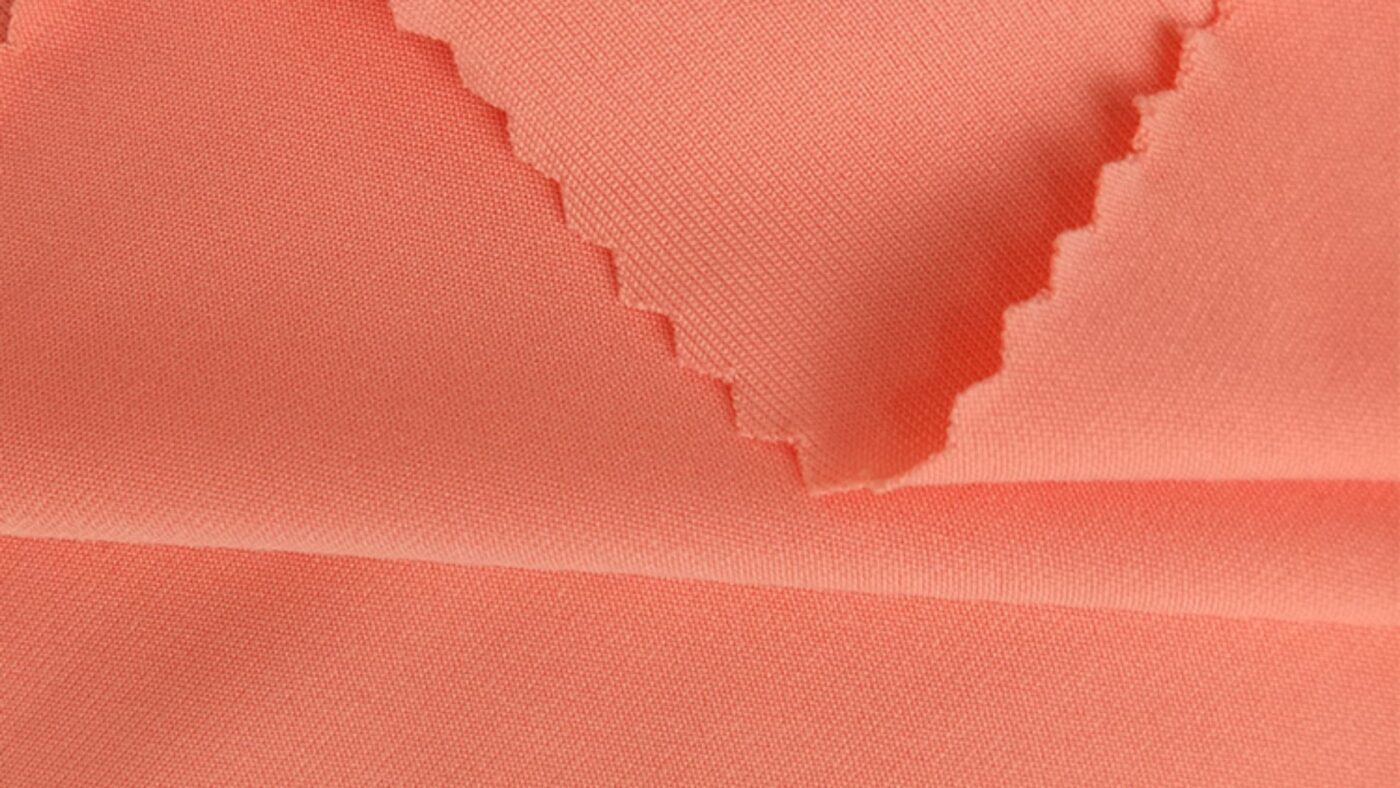
Extracted from milk protein fibers, this fabric is incredibly soft and drapes beautifully. It has a natural sheen and is often blended with other fibers to enhance its durability. Milk silk requires gentle care and is prone to shrinkage.
Modal Silk
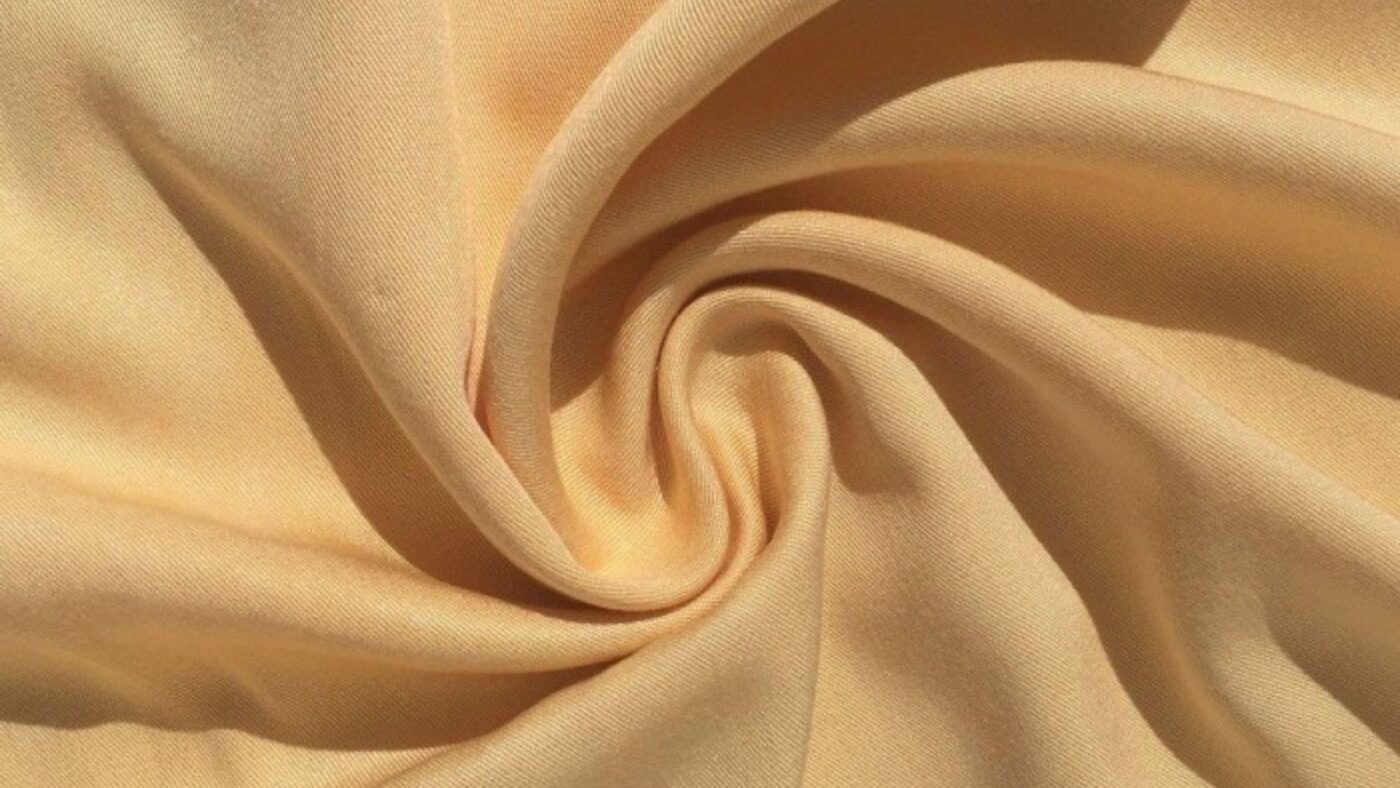
Derived from beechwood cellulose, modal is known for its softness, drape, and breathability. While often blended with silk to create a luxurious fabric, modal itself is not silk. It offers excellent moisture-wicking properties.
Ice Silk
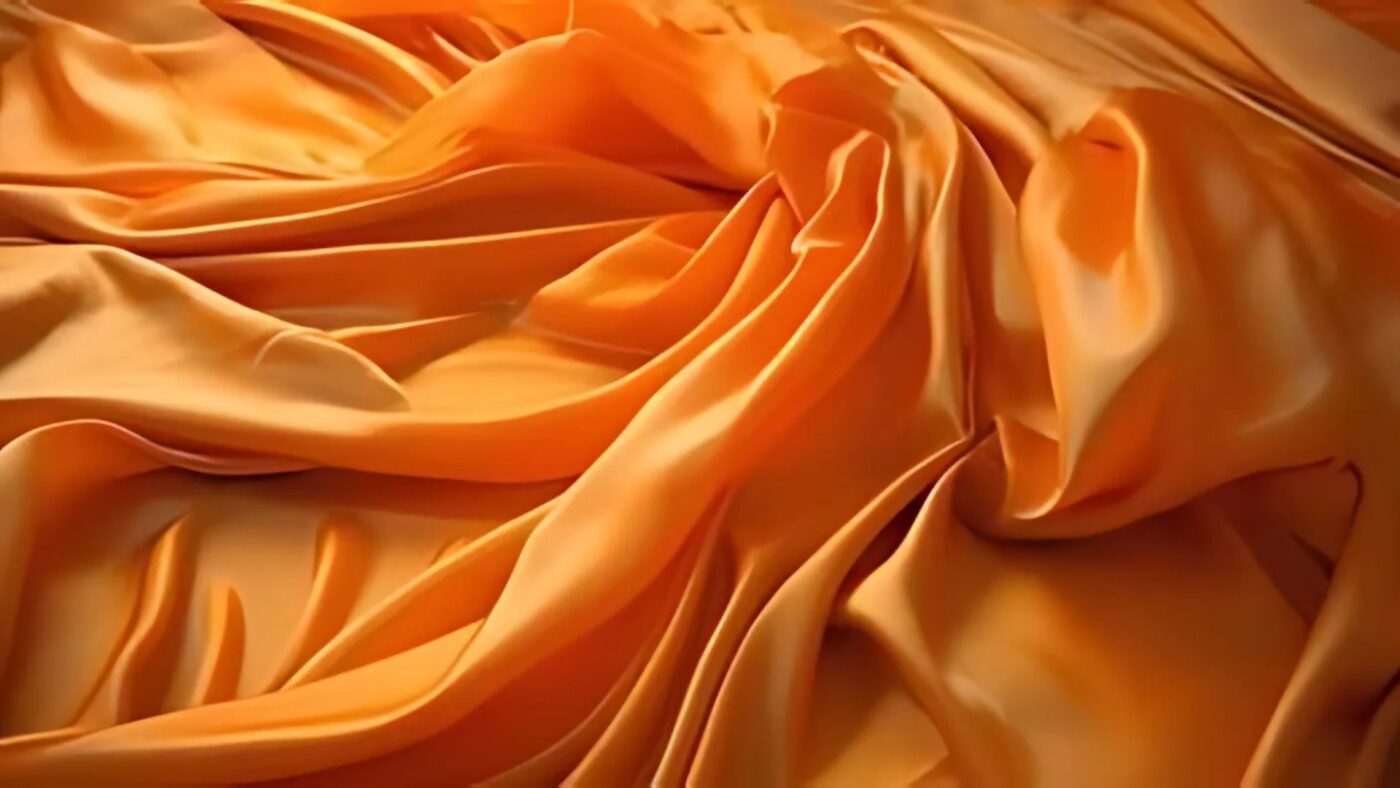
This term is often used as a marketing term to describe a type of silk that has been highly processed to achieve an extremely smooth, cool-to-the-touch surface. It’s often made from cultivated silk but can also refer to synthetic fabrics with a similar feel.
Synthetic and Blended Silks: The Imitators
Not all fabrics labeled “silk” are actually made from silk fibers.
Faux Silk (Artificial Silk)
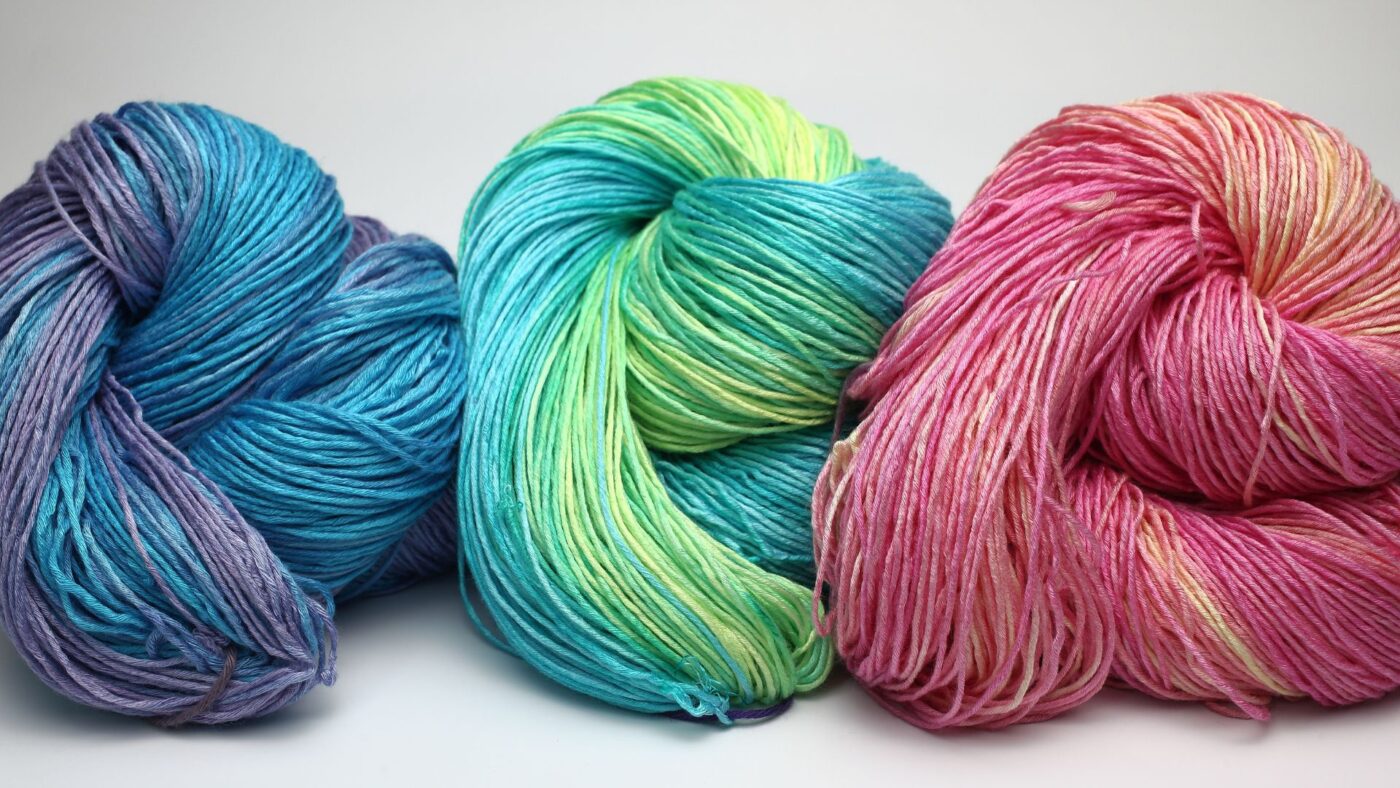
This is a broad term for fabrics designed to mimic the appearance and feel of silk but made from synthetic materials like rayon, nylon, or polyester. Faux silk offers a more affordable alternative to natural silk.
Art Silk
This is another term for artificial silk, often used in India and other parts of Asia. It typically refers to rayon fabric made to resemble silk. It’s important to note that “art silk” is not made from silk fibers.
Specific Synthetic/Blend Types
Poly Silk (Polyester Silk)
This is a blend of polyester and silk, or sometimes entirely polyester marketed as “silk.” It’s more durable and wrinkle-resistant than pure silk and easier to care for, but it lacks the same luxurious feel and breathability.
Polyester Silk
This term is often used synonymously with poly silk and is essentially polyester fabric. It’s crucial to understand that this is not real silk.
What is the Best Type of Silk?
The “best” silk depends entirely on your needs. Consider the following:
Durability: Dupion and poly silk are more durable. Raw silk can be delicate.
Drape: Modal silk and milk silk drape beautifully.
Luster: Dupion and cultivated silk have a high sheen. Raw silk is more matte.
Cost: Faux silk, art silk, and poly silk are generally the most affordable. Cultivated silk falls in the mid-range, while dupion and raw silk can be more expensive.
| Silk Type | Pros | Cons |
| Cultivated Silk | Smooth, lustrous, versatile | Can be delicate, moderate cost |
| Dupion Silk | Textured, lustrous, durable | More expensive, slubs may not be desired |
| Raw Silk | Natural, textured, unique | Delicate, less lustrous, can be expensive |
| Milk Silk | Soft, drapey, lustrous | Can shrink, delicate |
| Modal Silk | Soft, drapey, breathable, moisture-wicking | Not true silk |
| Faux Silk | Affordable, versatile | Lacks the true feel of silk |
| Art Silk | Affordable, readily available | Not true silk, can lack durability |
| Poly Silk | Durable, wrinkle-resistant, affordable | Not true silk, less breathable |
In addition to the factors mentioned above, the weight of silk, measured in momme (mm), also plays a significant role in its quality and feel. Momme indicates the density of the silk fabric, with higher momme numbers signifying heavier and typically more durable silk. Understanding momme can help you choose the right silk for your specific needs, whether it’s for lightweight scarves or luxurious bedding.
For a deeper dive into momme and how it relates to silk quality, check out our detailed guide on. I will have a specific article about this issue for you later.
Conclusion
Understanding the different types of silk empowers you to make informed decisions. Whether you’re seeking luxurious bedding, a stunning gown, or durable upholstery, consider the characteristics of each silk type to find the perfect match for your project. For further exploration, consult textile guides or fabric retailers specializing in silk.

